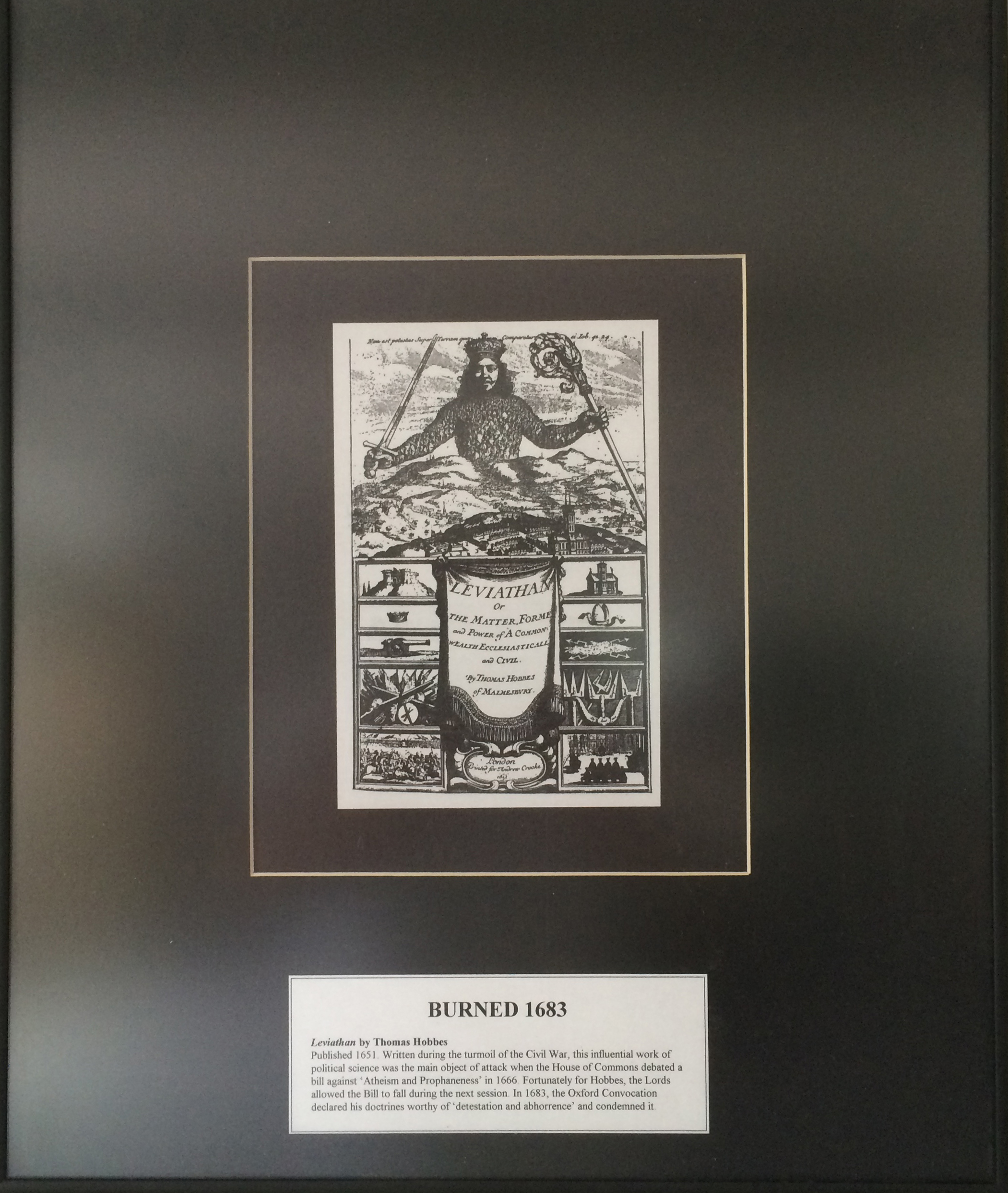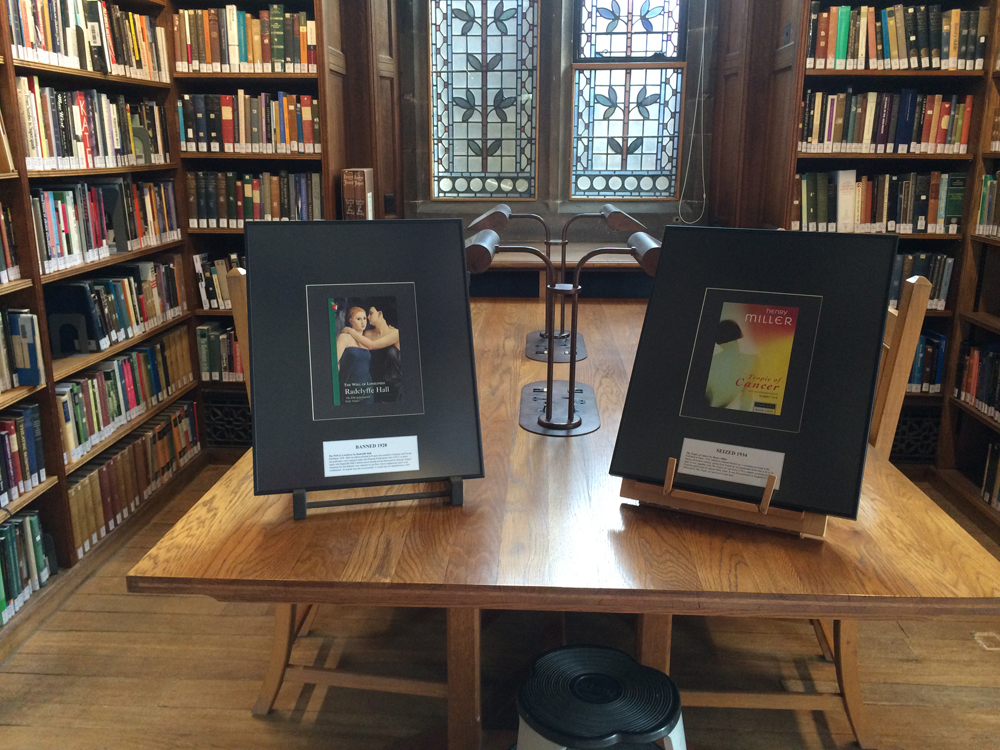Banned Books
Give me the liberty to know, to utter, and to argue freely according to conscience, above all liberties.
John Milton (Areopagitica, 1644)
This was a prelude only, where you burn books, you will, in the end, burn people.
Heinrich Heine (Almansor, 1820)
Since 1525, when William Tyndale’s translation of the New Testament was condemned and burned in front of Old St. Paul’s, governments, monarchs, judges, juries, bishops and assorted bigots have been denying others the freedom to express themselves without restriction.
Writers, publishers, printers and booksellers have been prosecuted and convicted by recourse to an astonishing array of laws, the most pernicious of which have been the archaic obscene, blasphemous and seditious libel laws.
Following the Lady Chatterley’s Lover trial in 1960, the courts were hard pressed to define just what is liable to ‘deprave and corrupt’ according to the Obscene Publications Act (1959 amended 1964). But this made little difference to Customs and Excise officers, who regularly used the outdated Customs Consolidation Act (1876) to decide what we were allowed to read.
Books by authors like Samuel Beckett, George Bernard Shaw, Thomas Hardy, George Eliot, Daniel Defoe and John Milton have all been censored or banned, at great cost to society, and often to the writers themselves.
A selection of some of the most important books that have been burned, banned, seized and prosecuted in England since 1633 form the basis of a ‘Banned Books’ exhibition, made up of 28 framed and captioned title pages and covers, and a four-page descriptive brochure.
The exhibition was shown at the 38th Annual Conference on Book Trade History in November 2016 at Stationers’ Hall, London, and at the Banned Books Week conference held in September 2017 at Pembroke College, Cambridge.


